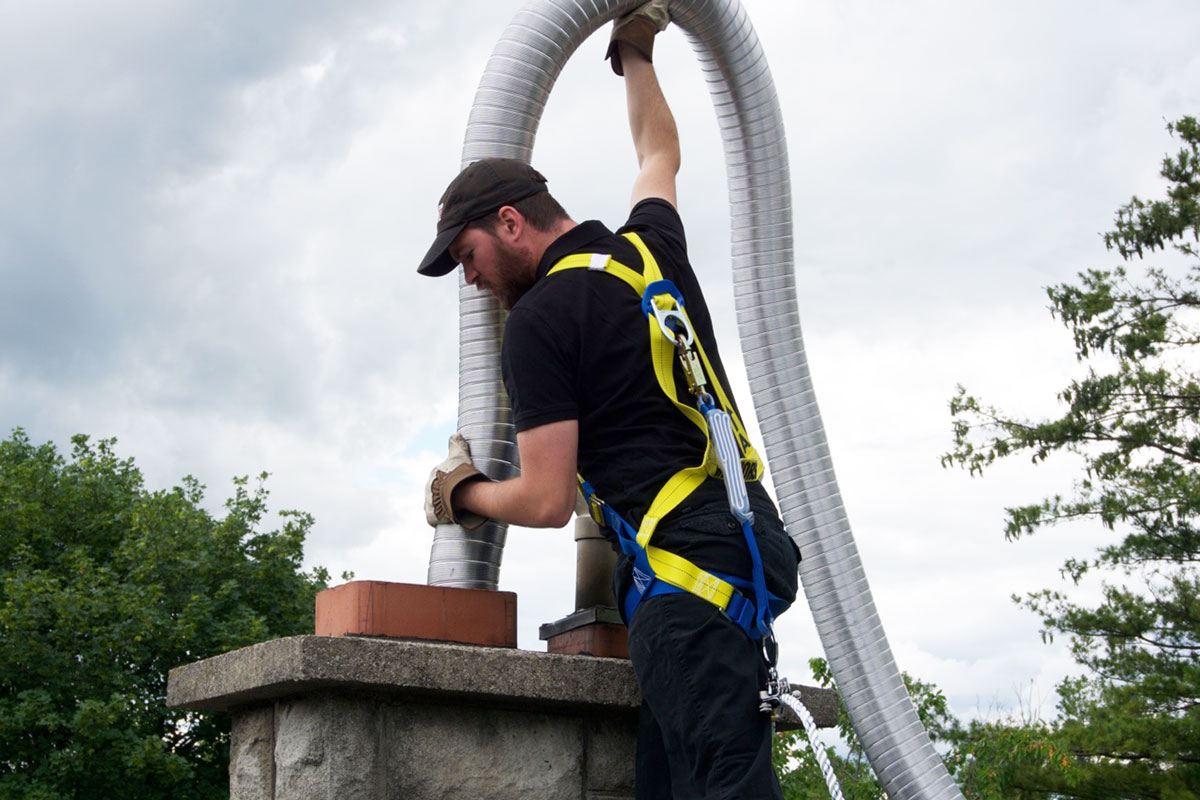

Articles
How Much Does It Cost To Reline A Chimney?
Modified: December 7, 2023
Find out the average cost to reline a chimney with our comprehensive articles. Get all the information you need to make an informed decision.
(Many of the links in this article redirect to a specific reviewed product. Your purchase of these products through affiliate links helps to generate commission for Storables.com, at no extra cost. Learn more)
Introduction
When it comes to keeping your chimney in good working condition, chimney relining is a crucial aspect that should not be overlooked. Chimney relining involves replacing or repairing the inner lining of the chimney, which helps protect the structure and improve its efficiency. However, this important maintenance task comes with a price tag. In this article, we will explore the factors that impact the cost of chimney relining, the different types of chimney relining materials available, and the average costs associated with each option.
Before delving into the cost details, it’s important to understand why chimney relining is necessary. Over time, the inner lining of a chimney can deteriorate due to the constant exposure to heat, moisture, and corrosive byproducts. This deterioration can lead to several issues, including reduced efficiency, increased risk of fire, and the potential for harmful gases to seep into your home. By relining the chimney, you are ensuring its safety and functionality.
Now, let’s take a closer look at the various factors that can impact the cost of chimney relining.
Key Takeaways:
- Chimney relining costs vary based on factors like chimney type, height, condition, and material choice. Consulting a professional for accurate estimates and material recommendations is crucial for budgeting and ensuring safety.
- While DIY chimney relining may seem cost-effective, hiring a professional ensures expertise, safety, and long-term results. Investing in quality materials and installation is essential for the safety and functionality of your chimney.
Read more: How Much Does It Cost To Tuckpoint A Chimney
Factors Affecting the Cost of Chimney Relining
Several factors come into play when determining the cost of chimney relining. Understanding these factors will help you make an informed decision and budget accordingly. Here are the main considerations:
- Type of Chimney: The type and size of your chimney will play a significant role in determining the cost. Chimneys come in various shapes and sizes, such as single-flue, multi-flue, or even an entire chimney system. The complexity of the design and the amount of materials needed will affect the overall cost.
- Chimney Height: The height of your chimney is another factor that can impact the cost. The taller the chimney, the more materials and labor will be required to complete the relining process. Additionally, accessing and working on higher chimneys may entail additional safety measures and equipment, which can increase the overall cost.
- Chimney Condition: The condition of your chimney will determine the extent of repairs or replacement needed. If your chimney requires extensive repairs or if the existing liner is severely damaged, the cost will likely be higher. In some cases, a complete chimney rebuild may be necessary, significantly increasing the overall cost.
- Choice of Materials: The type of chimney relining material you choose will also affect the cost. There are various options available, including stainless steel, aluminum, cast-in-place liners, and clay tiles. Each material has its own benefits and price range. Stainless steel liners are often the most popular choice due to their durability and longevity, but they may also be more expensive than other options.
- Additional Services: Sometimes, additional services may be required during the chimney relining process. For example, if the chimney needs to be cleaned or if there are other repairs needed, these services will add to the overall cost. It’s important to discuss any additional services with your chimney professional to ensure a comprehensive and accurate estimate.
Keep in mind that these are the primary factors that can impact the cost of chimney relining. The specific details and requirements of your chimney will ultimately determine the final cost. It is recommended to consult with a professional chimney expert who can assess your chimney’s condition and provide an accurate estimate based on your unique circumstances.
Types of Chimney Relining Materials
When it comes to chimney relining, there are several materials to choose from. Each material has its own advantages and considerations in terms of cost, durability, and performance. Here are the most common types of chimney relining materials:
- Stainless Steel: Stainless steel liners are widely regarded as one of the most popular and reliable options for chimney relining. They are highly durable, resistant to corrosion, and have a long lifespan. Stainless steel liners can be used for both wood-burning and gas appliances and are suitable for all types of chimneys. While they may be more expensive than other options, their durability and low maintenance make them a worthwhile investment.
- Aluminum: Aluminum liners, while not as popular as stainless steel, are a viable option for chimney relining. They are lightweight, affordable, and easy to install. However, aluminum is not as durable as stainless steel and may not be suitable for high-temperature applications. It is important to consider the specific needs and requirements of your chimney before opting for an aluminum liner.
- Cast-in-Place Liners: Cast-in-place liners involve the creation of a new liner by using a cement-like mixture that is applied to the existing chimney walls. This method offers excellent insulation and can be used for a variety of chimney types. Cast-in-place liners are suitable for chimneys in poor condition, as they can help restore structural integrity. However, they tend to be more expensive and require professional installation.
- Clay Tiles: Clay tile liners have been used for centuries and are still a viable option for chimney relining. They are resistant to high temperatures and offer good insulation. Clay tiles are typically suitable for masonry chimneys and can withstand the corrosive byproducts of wood-burning fires. However, they require regular maintenance and may be susceptible to cracking over time.
It is worth noting that the choice of chimney relining material will ultimately depend on your specific needs, budget, and the recommendations of a professional chimney expert. They will assess your chimney’s condition, the type of appliance you have, and advise you on the most suitable material for your chimney relining project.
Average Costs for Different types of Chimney Relining
The cost of chimney relining can vary depending on several factors, including the type of chimney, the height, the condition, and the choice of materials. Here is a general breakdown of the average costs for different types of chimney relining:
- Stainless Steel: Stainless steel liners are considered the most durable and long-lasting option, but they are also typically the most expensive. On average, you can expect to pay between $2,500 to $5,000 for a stainless steel chimney liner installation. The cost may vary depending on the size of the chimney, the complexity of the installation, and the local labor rates.
- Aluminum: Aluminum liners are more affordable compared to stainless steel, with average costs ranging from $1,500 to $3,000. However, it is important to consider the limitations of aluminum in terms of high-temperature applications and longevity.
- Cast-in-Place Liners: Cast-in-place liners are a popular choice for chimneys in need of extensive repair. The average cost for a cast-in-place liner installation ranges from $3,000 to $6,000. This method involves skilled labor and specialized materials, which contribute to the higher cost.
- Clay Tiles: Clay tile liners are a more traditional option and are typically used for masonry chimneys. The average cost for clay tile chimney relining can range from $2,000 to $4,000. However, it is important to consider the ongoing maintenance and potential for tile replacement, which may incur additional costs in the long run.
It is essential to keep in mind that these cost ranges are estimates and can vary depending on your specific circumstances and location. Additional factors, such as the complexity of the installation, any necessary repairs, and local labor rates, can affect the final cost.
Before proceeding with any chimney relining project, it is advisable to obtain multiple quotes from reputable chimney professionals in your area. They can assess your chimney, provide an accurate estimate, and recommend the most suitable material and approach for your specific needs. Remember, investing in quality materials and professional installation will help ensure the safety and longevity of your chimney for years to come.
Additional Costs to Consider
When budgeting for chimney relining, it’s important to take into account various additional costs that may arise throughout the process. These costs can include:
- Chimney Inspection: Before determining the type of relining necessary, a thorough chimney inspection is required. The cost of this inspection can range from $100 to $500, depending on the complexity of the inspection and the location of your chimney.
- Chimney Cleaning: In some cases, it may be necessary to clean your chimney before the relining process. This ensures that the new liner will adhere properly and that any debris or blockages are removed. Chimney cleaning can cost anywhere from $100 to $300, depending on the size and condition of your chimney.
- Masonry Repairs: If your chimney has significant damage, such as cracks or loose bricks, masonry repairs may be required. The cost of masonry repairs will depend on the extent of the damage and the materials needed, with average costs ranging from $500 to $2,000 or more.
- Permits and Inspections: Depending on your local regulations, you may need to obtain permits and undergo inspections during the chimney relining process. These costs can vary significantly depending on your location, with permit fees ranging from $50 to $200 and inspection fees ranging from $100 to $300.
- Professional Installation: While it is possible to attempt a DIY chimney relining, it is highly recommended to hire a professional. Professional installation ensures that the job is done correctly, minimizing the risk of future problems. The cost of professional installation can range from $1,000 to $5,000, depending on the complexity of the project and the expertise of the chimney professional.
It’s important to note that these additional costs can vary based on factors such as the location, the specific requirements of your chimney, and the individual service provider’s rates. To avoid any surprises, consult with a reputable chimney professional who can provide you with a detailed estimate that includes all potential additional costs.
Investing in a thorough inspection, cleaning, and any necessary repairs, as well as professional installation, will help ensure that your chimney relining project is completed safely and effectively, providing you with a functional and efficient chimney for years to come.
Read more: How Much Does It Cost To Replace A Chimney
DIY vs Hiring a Professional
When it comes to chimney relining, you may be tempted to take on the project yourself as a way to save some money. While some DIY projects can be rewarding and cost-effective, chimney relining is a task that is best left to the professionals. Here are a few factors to consider when deciding between a DIY approach and hiring a professional:
Expertise and Experience:
Chimney relining is a specialized task that requires knowledge and experience. Professionals who specialize in chimney services have the expertise to assess your chimney’s condition accurately, choose the right materials, and perform the installation with precision. They are familiar with safety precautions, building codes, and industry standards, ensuring that the job is done correctly and safely.
Time and Convenience:
Chimney relining can be a time-consuming project, especially if you are not familiar with the process. Hiring a professional allows you to save time and effort by relying on their expertise and efficiency. They will have the necessary tools, equipment, and manpower to complete the job in a timely manner, minimizing any disruption to your daily routine.
Safety Considerations:
Working on a chimney can present various safety hazards, including the risk of falls, exposure to harmful gases, and the potential for structural collapse if the chimney is in poor condition. Professionals are trained to handle these risks and are equipped with the necessary safety gear. They can also identify any underlying issues that may pose a threat to your safety and recommend appropriate solutions.
Read more: How Much Does Chimney Inspection Cost
Long-Term Results:
A professionally installed chimney relining system will provide you with long-term results and peace of mind. Professionals use high-quality materials and ensure that the liner is properly installed, preventing any future issues such as leaks, corrosion, or inadequate venting. In the long run, investing in professional installation can save you money by avoiding costly repairs and premature replacements.
Cost Considerations:
While hiring a professional may involve an upfront cost, it is important to consider the long-term benefits. DIY projects can potentially save you money initially, but if not done correctly, they can lead to costly repairs and even safety hazards. Additionally, professionals often have access to wholesale pricing on materials, which can offset some of the installation costs.
In summary, chimney relining is a complex task that requires specialized knowledge and experience. Hiring a professional ensures that the job is done correctly, safely, and efficiently, providing you with long-lasting results and peace of mind. It is advisable to consult with multiple reputable chimney professionals, obtain detailed estimates, and choose the one that best fits your needs and budget.
It is important to get a professional chimney inspection to determine the extent of the damage and the type of relining needed. Costs can vary depending on the materials used and the size of the chimney.
Conclusion
Chimney relining is an essential maintenance task that ensures the safety, efficiency, and longevity of your chimney. Understanding the factors that impact the cost of chimney relining, the types of chimney relining materials available, and the average costs associated with each option is crucial for making informed decisions and budgeting accordingly.
Factors such as the type of chimney, the height, the condition, and the choice of materials can all influence the cost of chimney relining. It is important to consider these factors and consult with a professional chimney expert who can assess your chimney’s specific needs and provide an accurate estimate.
When it comes to chimney relining materials, options such as stainless steel, aluminum, cast-in-place liners, and clay tiles are available. Each material has its own advantages and considerations in terms of cost, durability, and performance. Discussing your specific requirements with a chimney professional will help determine the most suitable material for your chimney relining project.
In addition to the cost of chimney relining itself, there are other additional costs to consider. These can include chimney inspections, cleaning, masonry repairs, permits, inspections, and professional installation. It is important to factor these costs into your budget to avoid any surprises during the project.
While some may consider a DIY approach to chimney relining, hiring a professional is highly recommended. Professionals have the expertise, experience, and necessary safety precautions to ensure the job is done correctly. Additionally, professional installation provides long-term results and peace of mind, potentially saving you from costly repairs and safety hazards in the future.
In conclusion, chimney relining is an investment in the safety and functionality of your chimney. By understanding the costs involved, choosing the right materials, and relying on professional expertise, you can ensure a well-maintained chimney that will serve you for years to come.
Frequently Asked Questions about How Much Does It Cost To Reline A Chimney?
Was this page helpful?
At Storables.com, we guarantee accurate and reliable information. Our content, validated by Expert Board Contributors, is crafted following stringent Editorial Policies. We're committed to providing you with well-researched, expert-backed insights for all your informational needs.
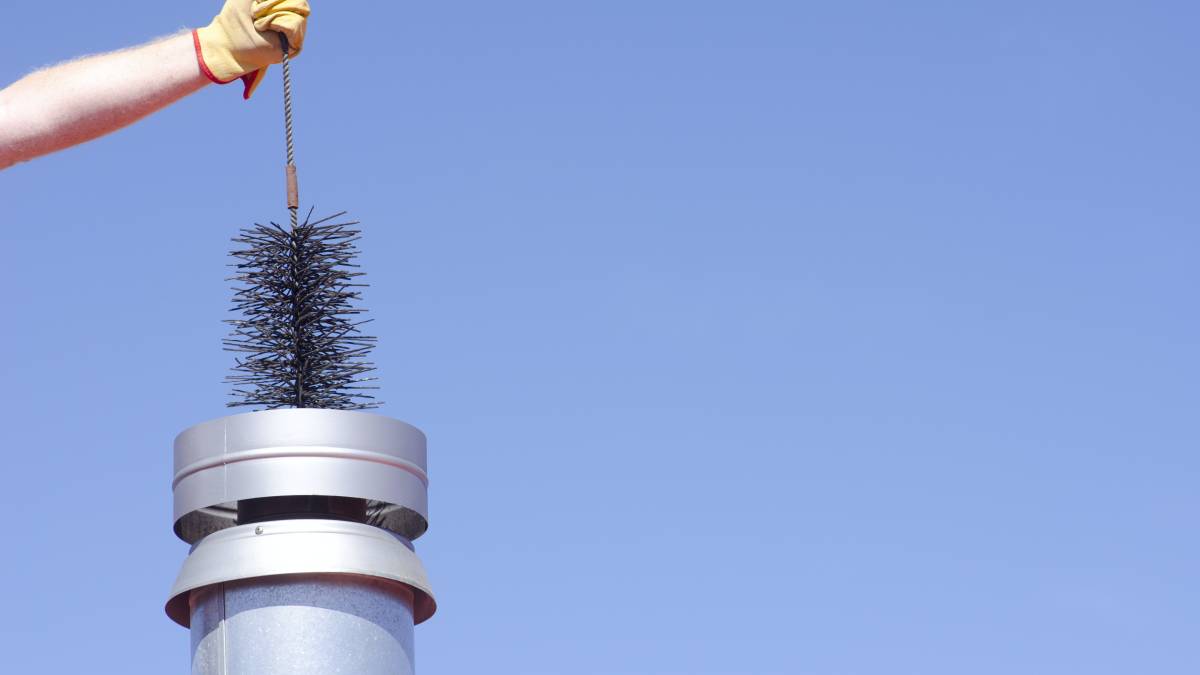
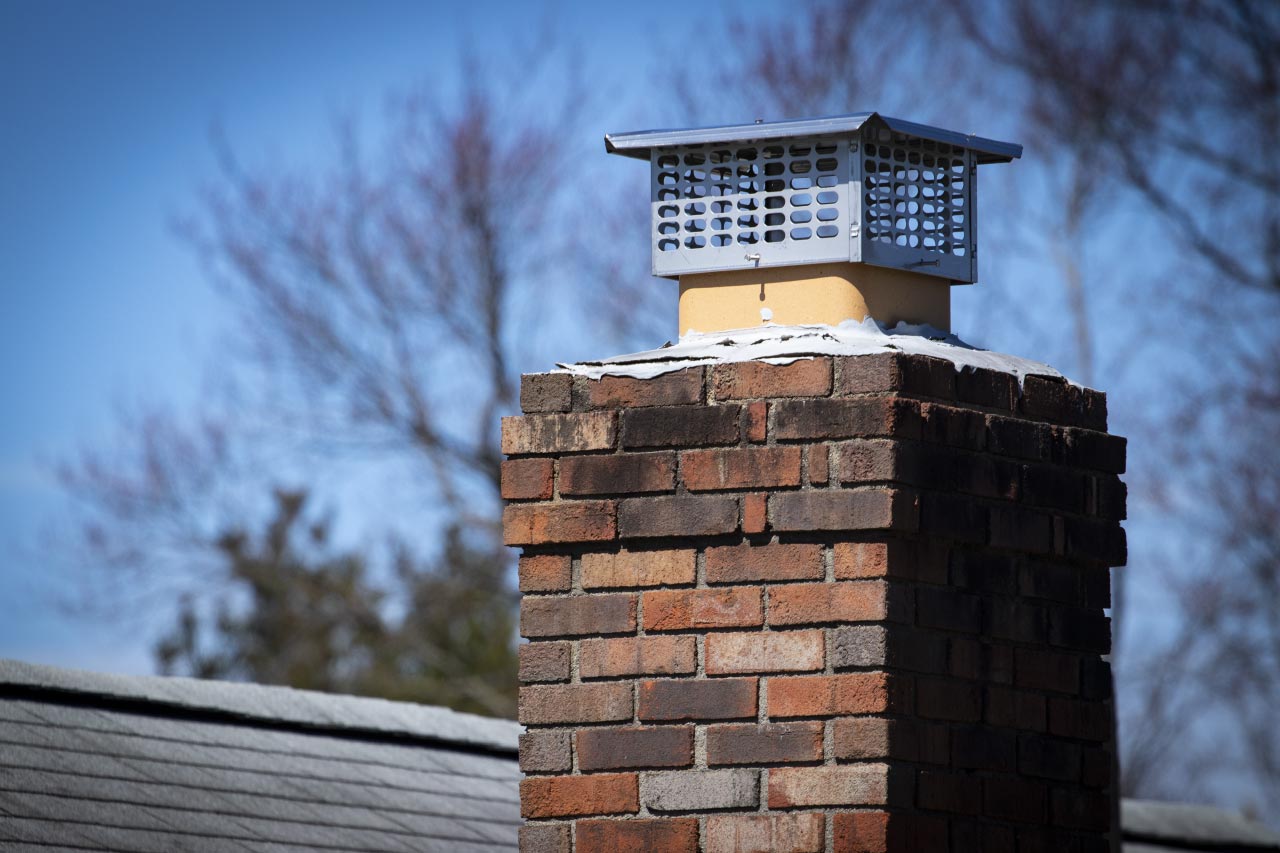
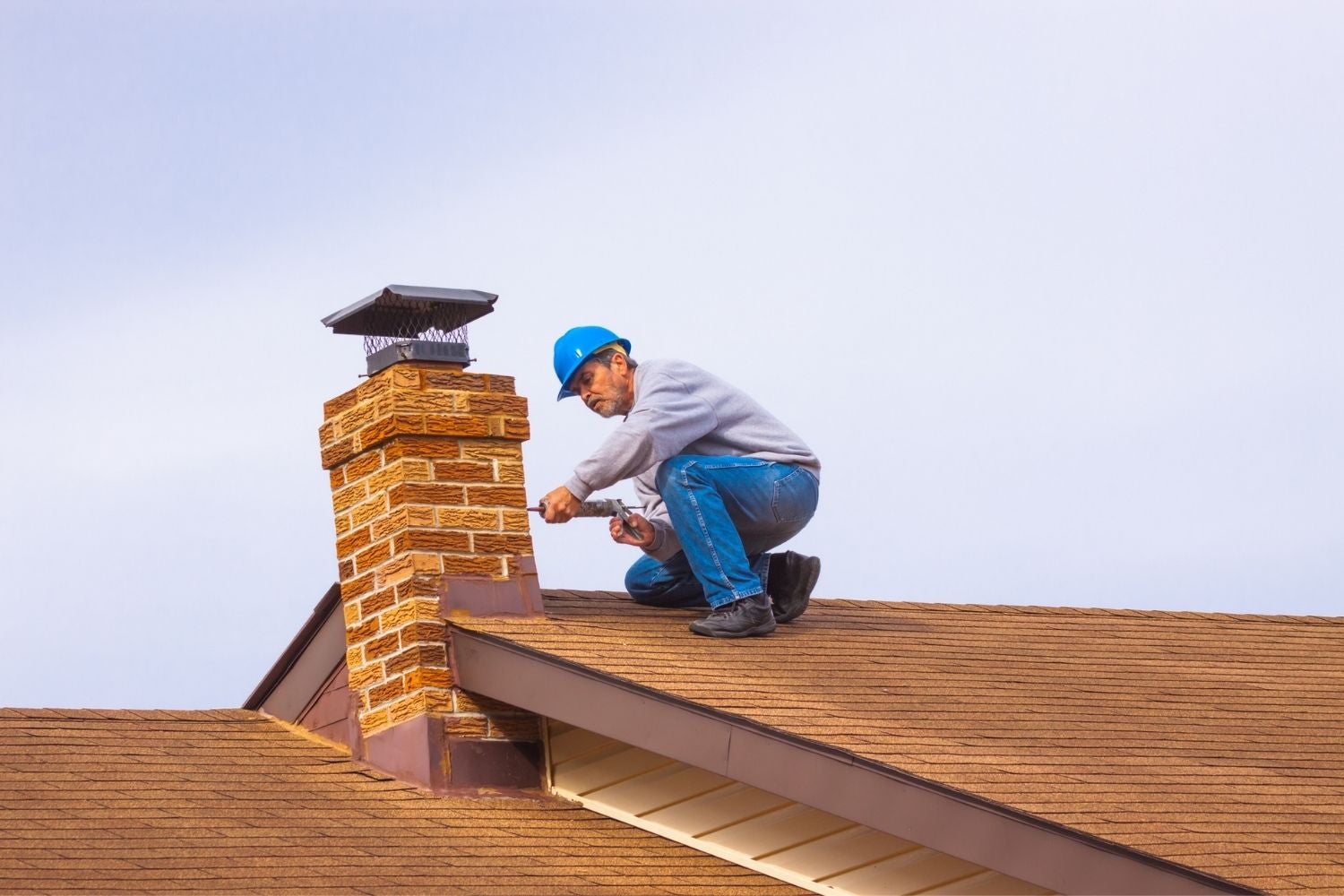
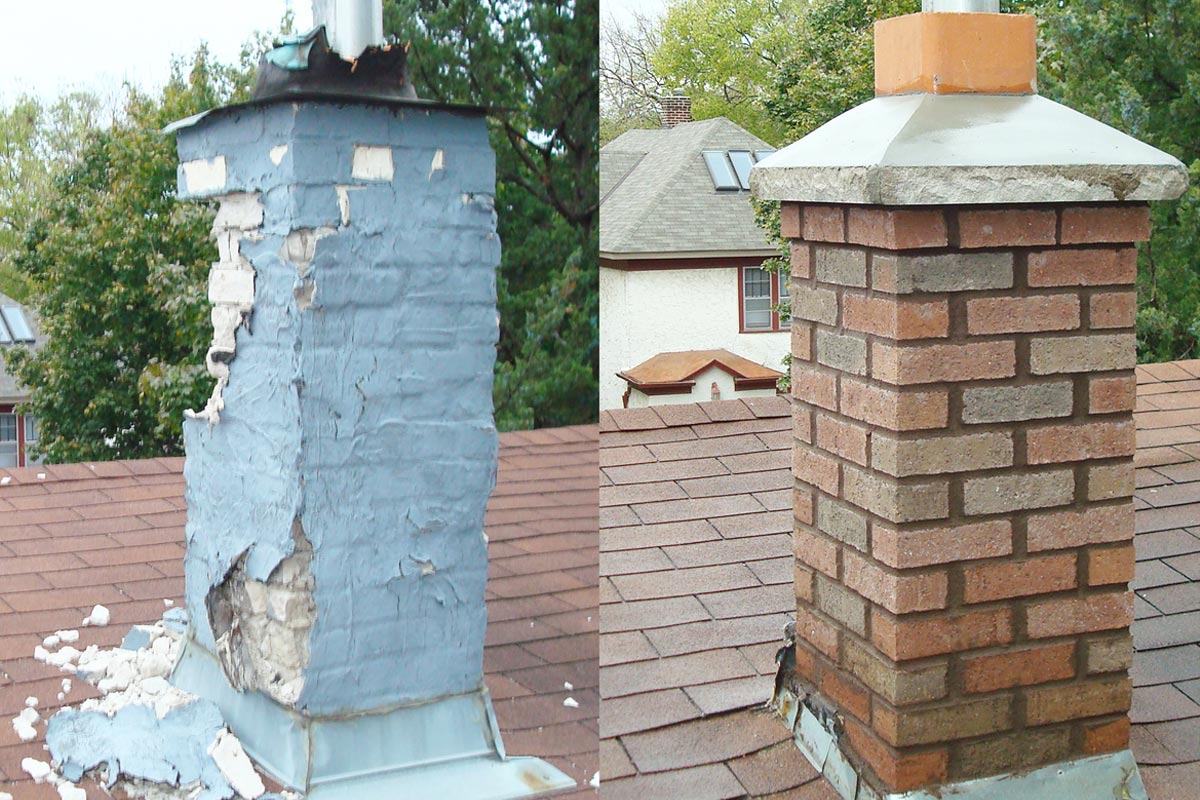
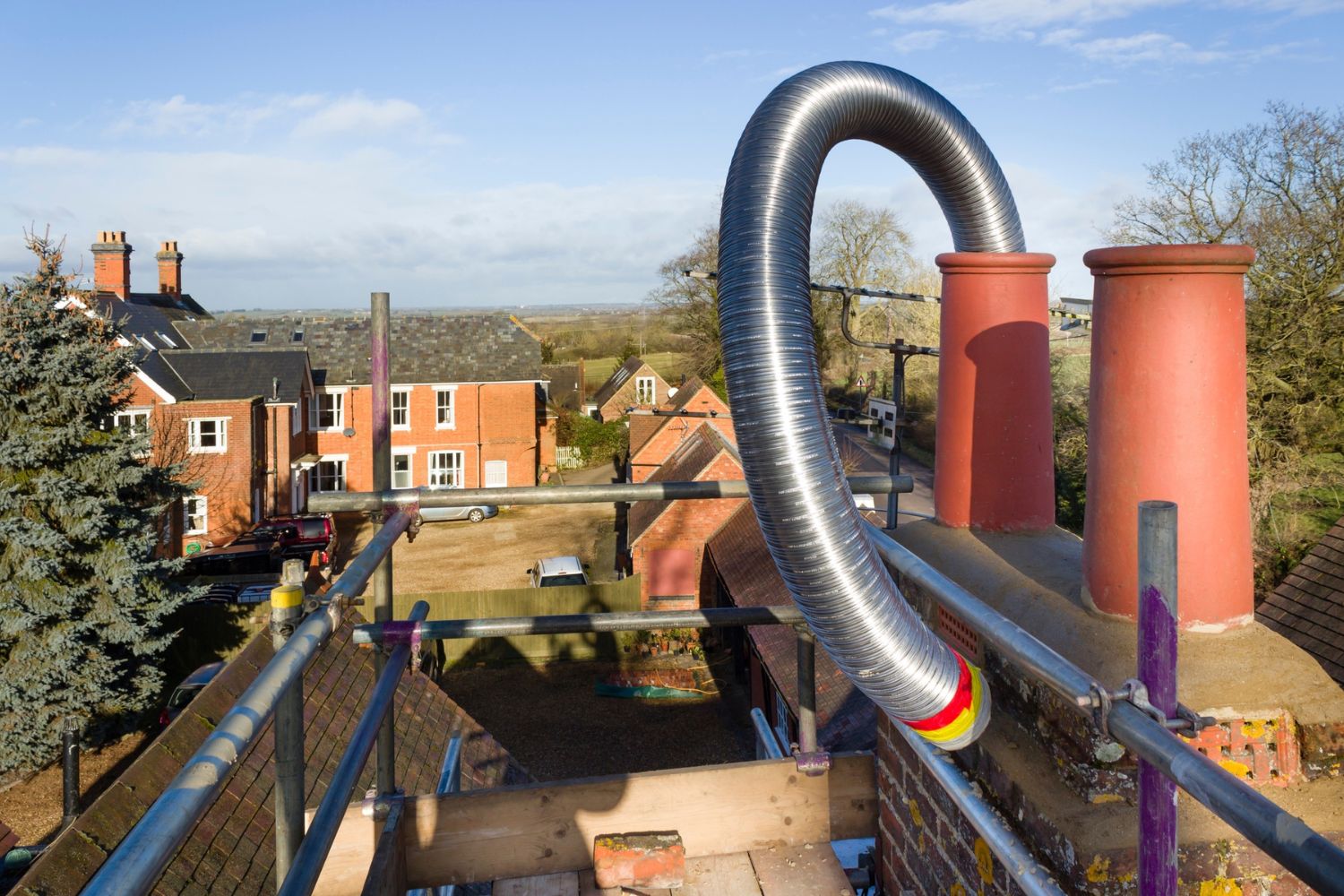

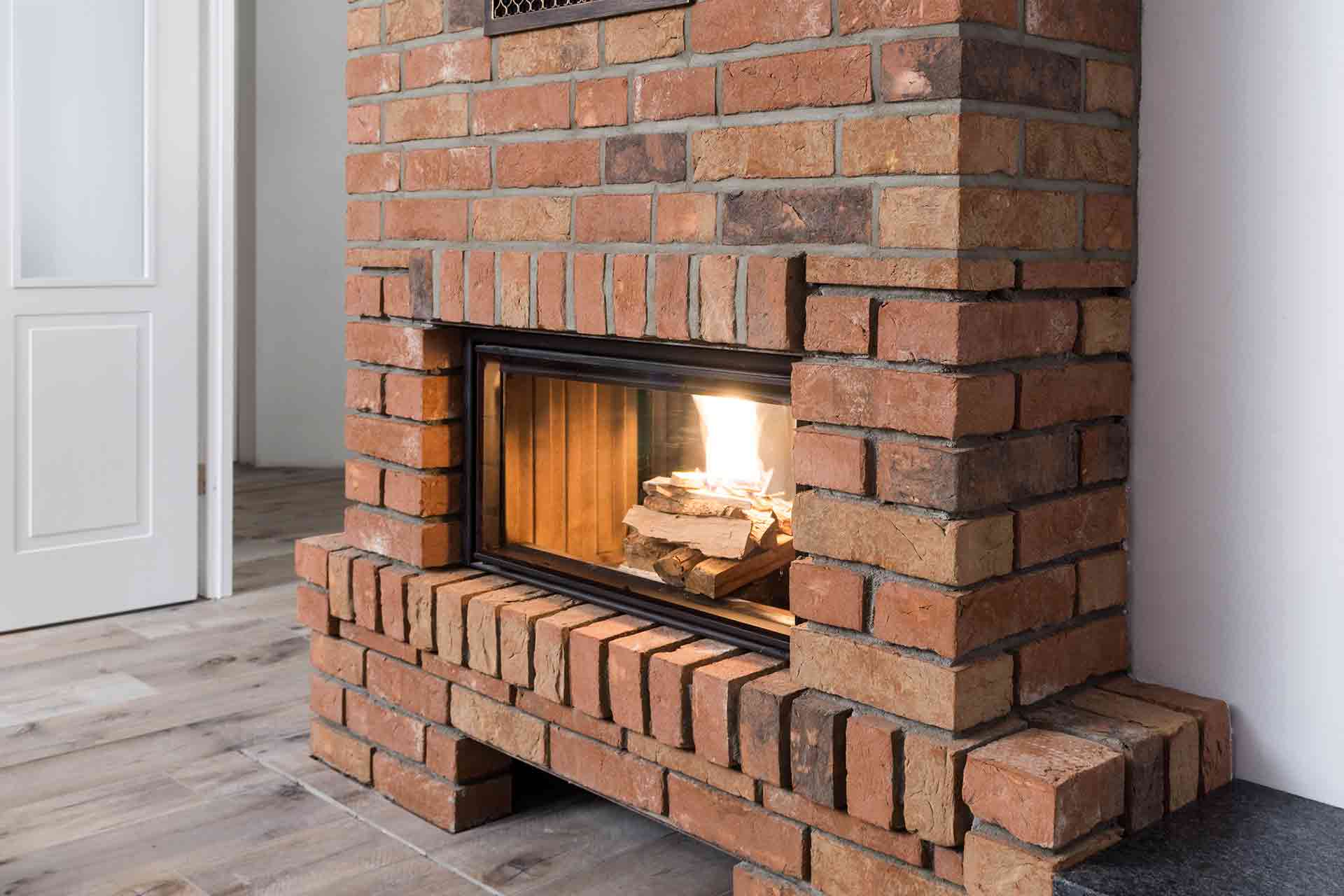
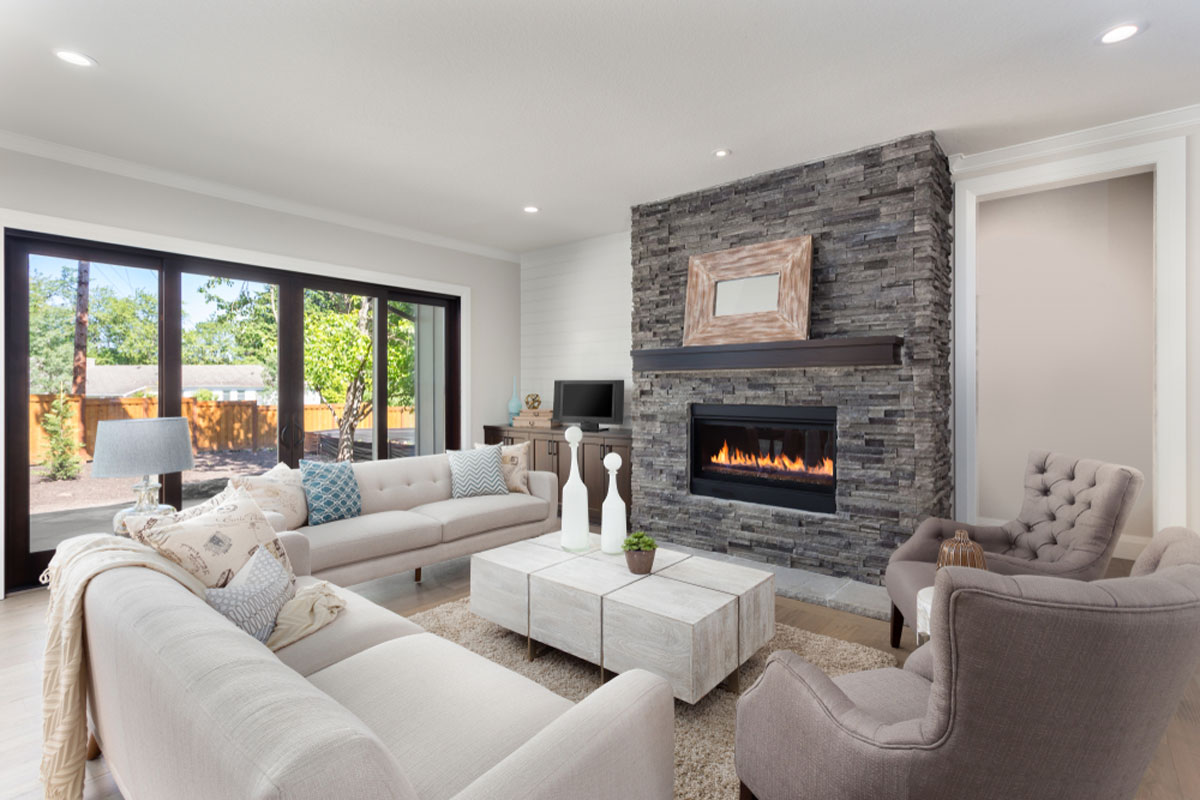
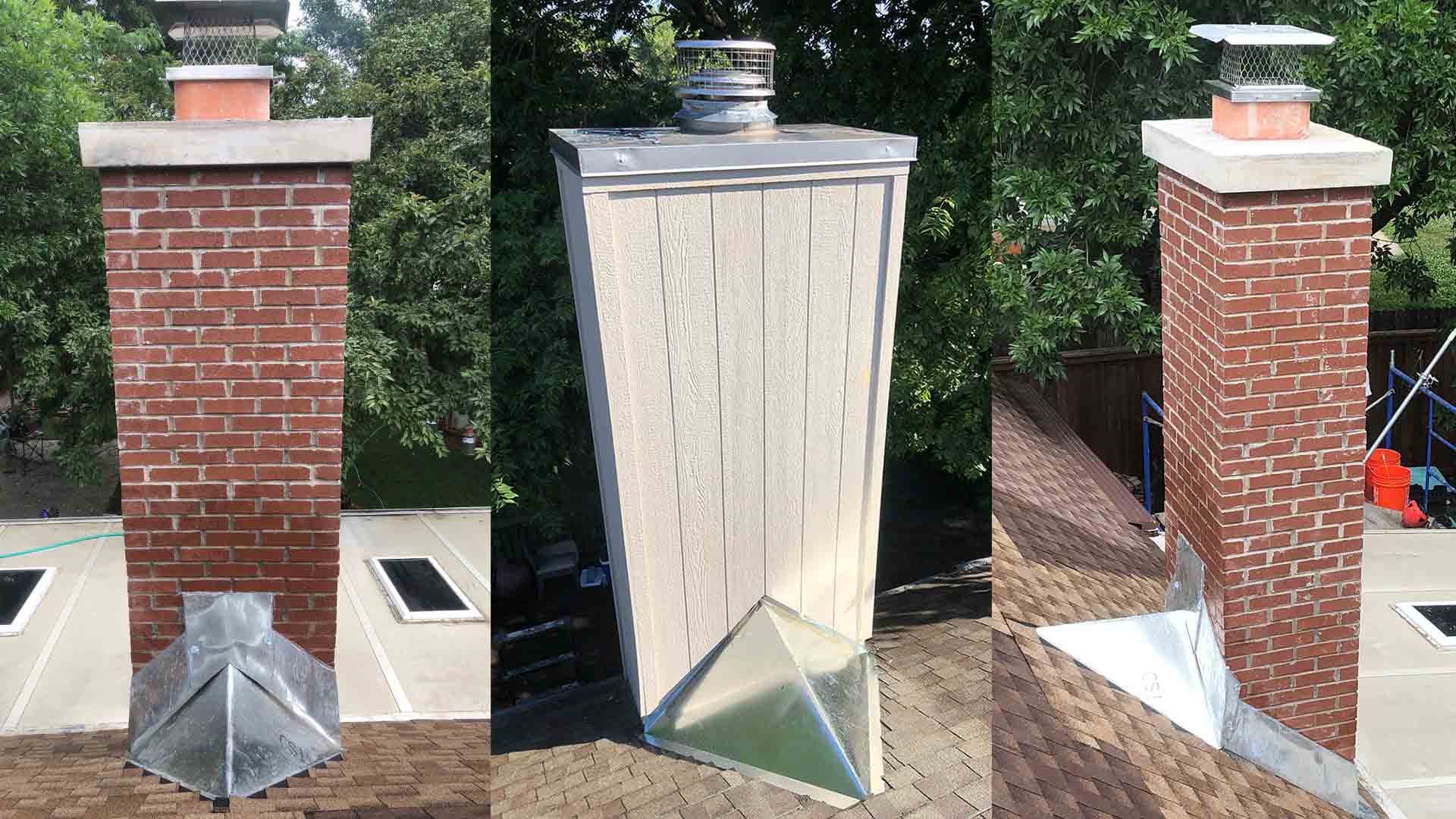
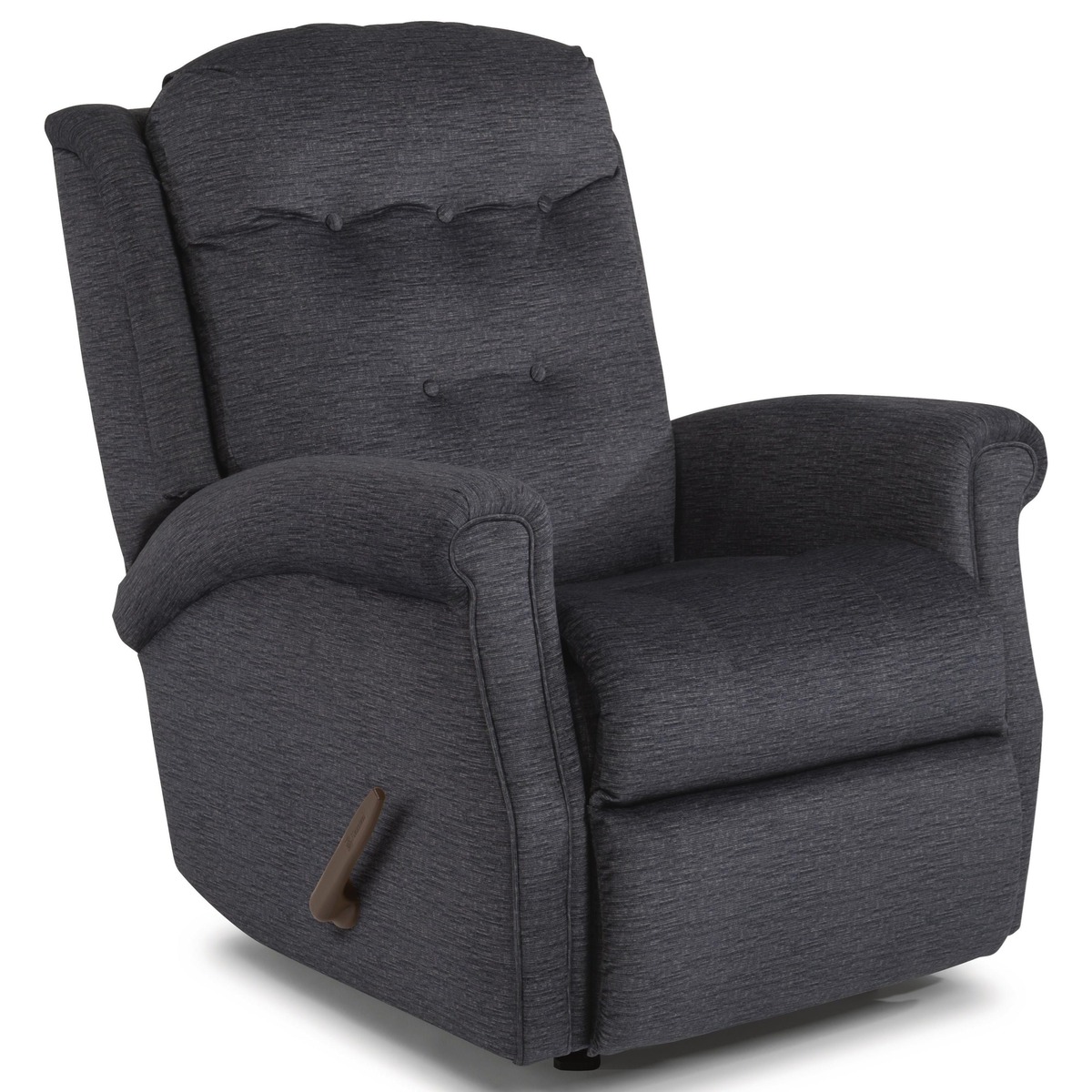

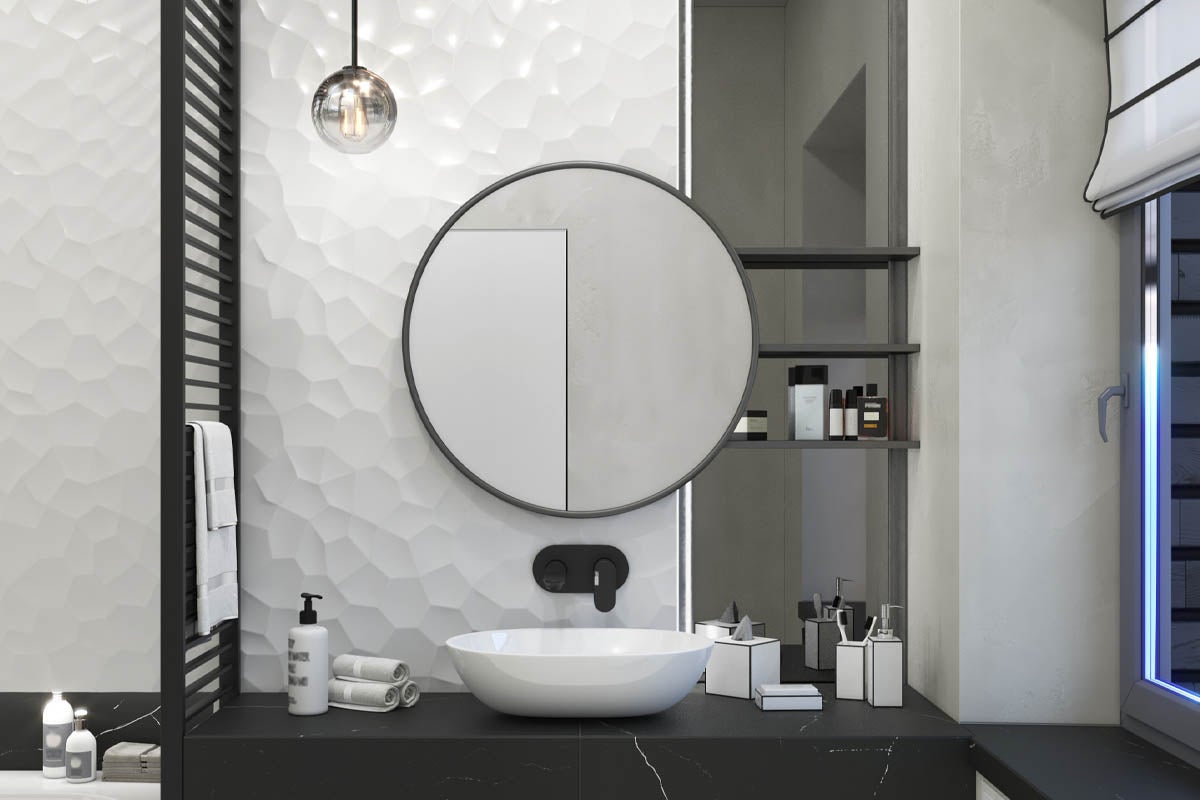
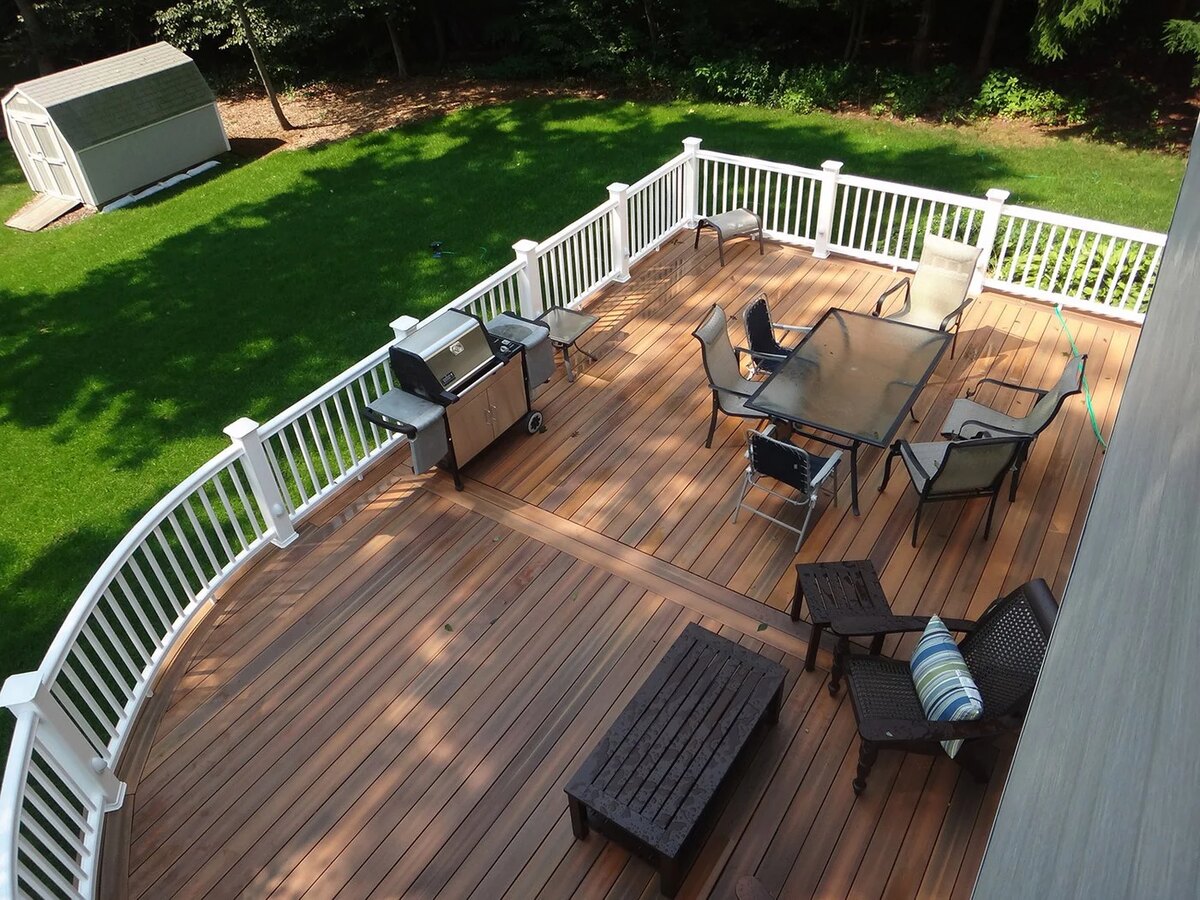

0 thoughts on “How Much Does It Cost To Reline A Chimney?”